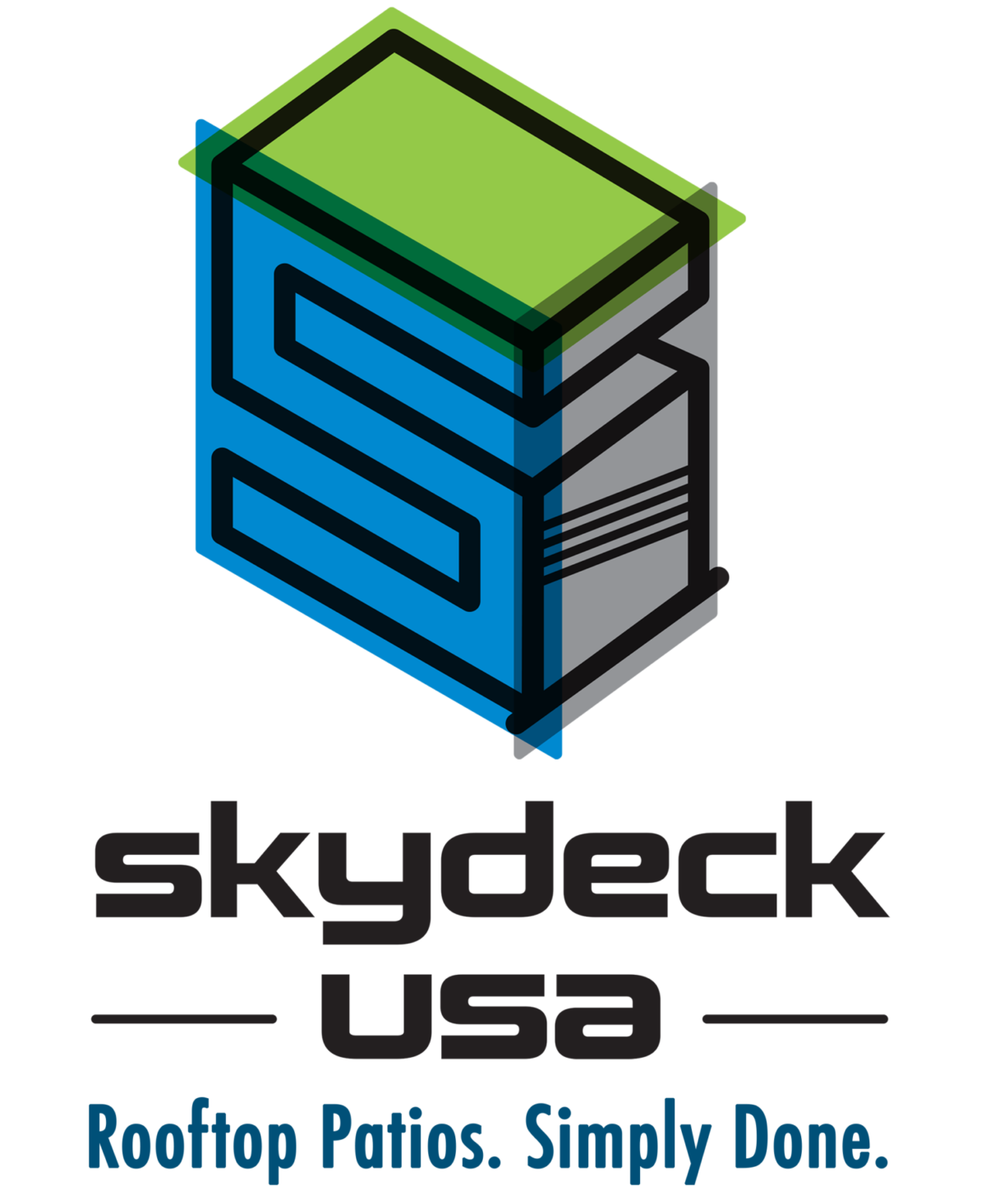Rooftop decks are no doubt increasing in popularity all around the country. There are so many new constructions taking advantage of neglected rooftop spaces. Thus, the International Code Council clarified requirements under the International Building Code.
The 2018 IBC includes regulations and limitations permissible on rooftops. Hence, understanding these building codes is crucial to designing successful rooftop amenities.
Want to learn more about the building codes for rooftop decks? Read on and find out everything about it here.
Occupancy and Egress
Section 1006.3 sets the requirements for occupied roof exits. These requirements are for occupant load.
As a commercial architect, it’s fundamental to know this. Understanding this will help you with the necessary preparation plans.
The occupant load determines the least number of exits or access per occupied roof. Two exits are necessary for groups of one to 500 people. Three exits are for 501-1,000 persons, while four are for more than 1,000.
You can calculate the design occupant load using Table 1004.1.2.
For rooftop spaces, use the function of space that is most relevant to the outdoor program. If it’s a rooftop patio, consider it an unconcentrated assembly. It’s without fixed seats, so it should have an occupant load factor of 15.
Overhead Structures
Cities used to approve most rooftop overhead structures before the 2018 IBC. Elements such as string lights and shade pergolas were okay as long as they only covered a small space. Yet, the updated 2018 language now rules out exterior overhead elements on roofs.
If you’re a commercial contractor, there’s a lot you should consider. These structures should not extend over 48 inches above the occupied roof’s surface.
The only exception to this is penthouses built under Section 1510.2. Towers, domes, spires, and cupolas under Section 1510.5, are also exempt.
This code exists because enclosing a roof deck involves some firefighting challenges. Plus, overhead structures can provide shelter for non-weather-resistant elements and trap smoke. They can obstruct escape, restrict access, and offer a means for fire to spread.
Rooftop Deck Strategies
These requirements have significant architectural consequences for the roof’s outdoor facilities. When it comes to outdoor areas, shading is a must.
Landscape architects should find a solution for code-compliant rooftop spaces with shading. It’s how one gets the most out of an investment.
If you follow these two tactics, you might be able to build structures on top of your roof deck:
Consider the Roof Deck as a Story
If the height of the deck doesn’t exceed two to three stories, count it as a story. They allow overhead structures, such as podium-level roof decks.
Consider the Roof Deck as an Extra Occupant
The other provisions apply to common spaces when the building height exceeds two to three stories. It’s valid as long as they don’t exceed 10 percent of the floor area they serve.
Know These Building Codes for Rooftop Decks
Architects and contractors must be well-versed in the changing rooftop code requirements. It’s essential for plans of efficient rooftop decks. They can save time and stress by knowing the constraints laid forth in the 2018 IBC earlier.
Have a rooftop project in mind that you’d want to dig deeper into? Contact Skydeck USA, and let’s talk about it.
